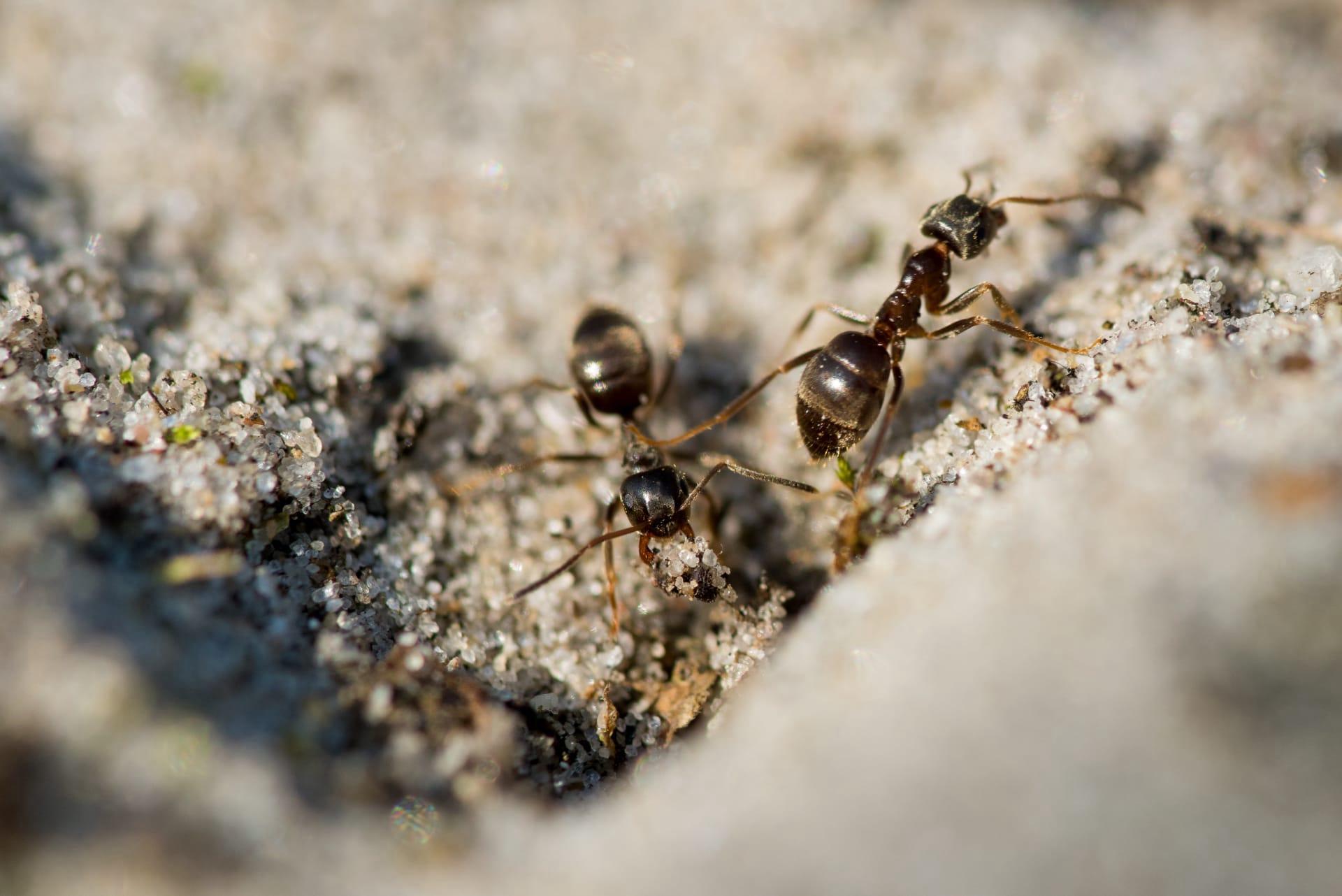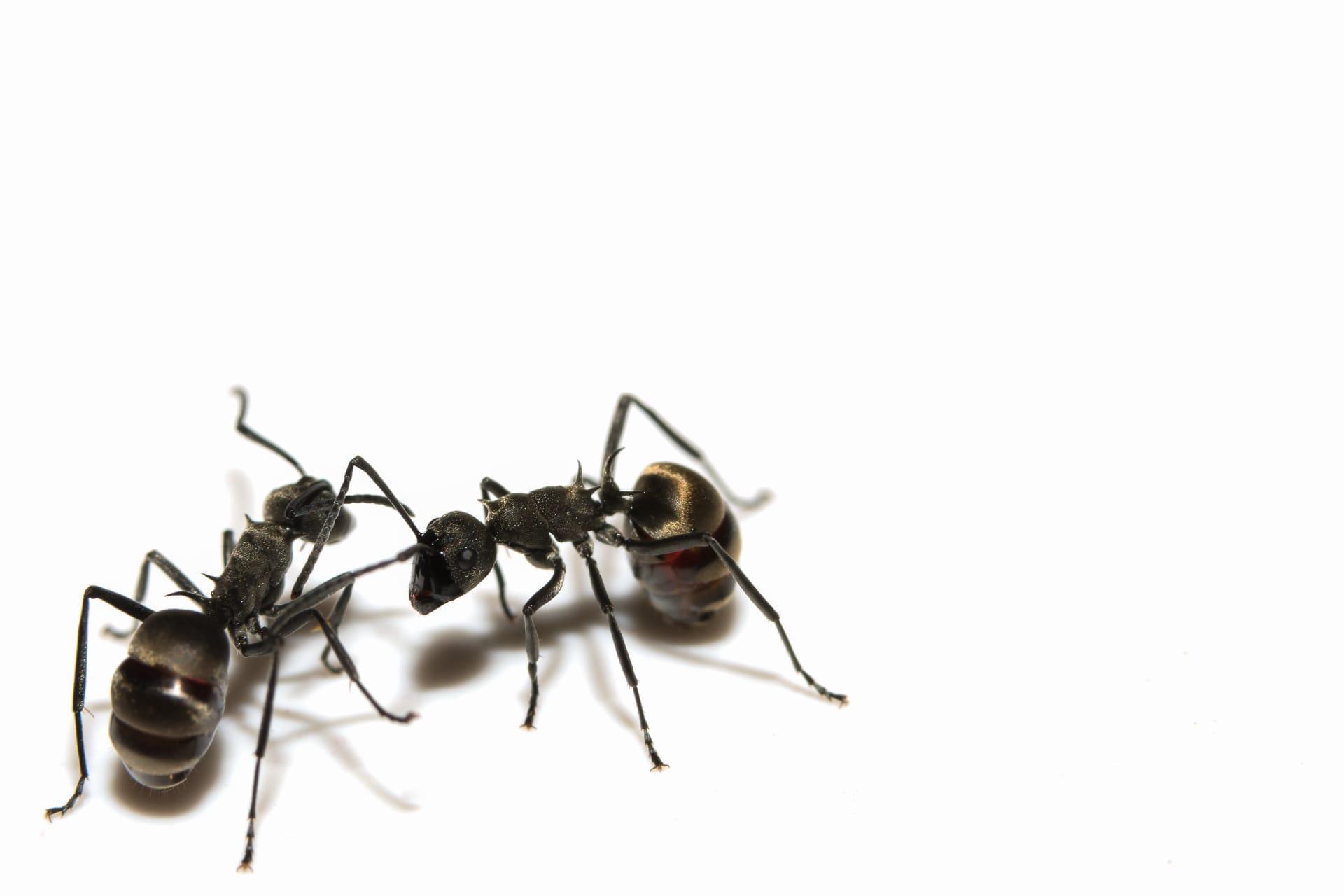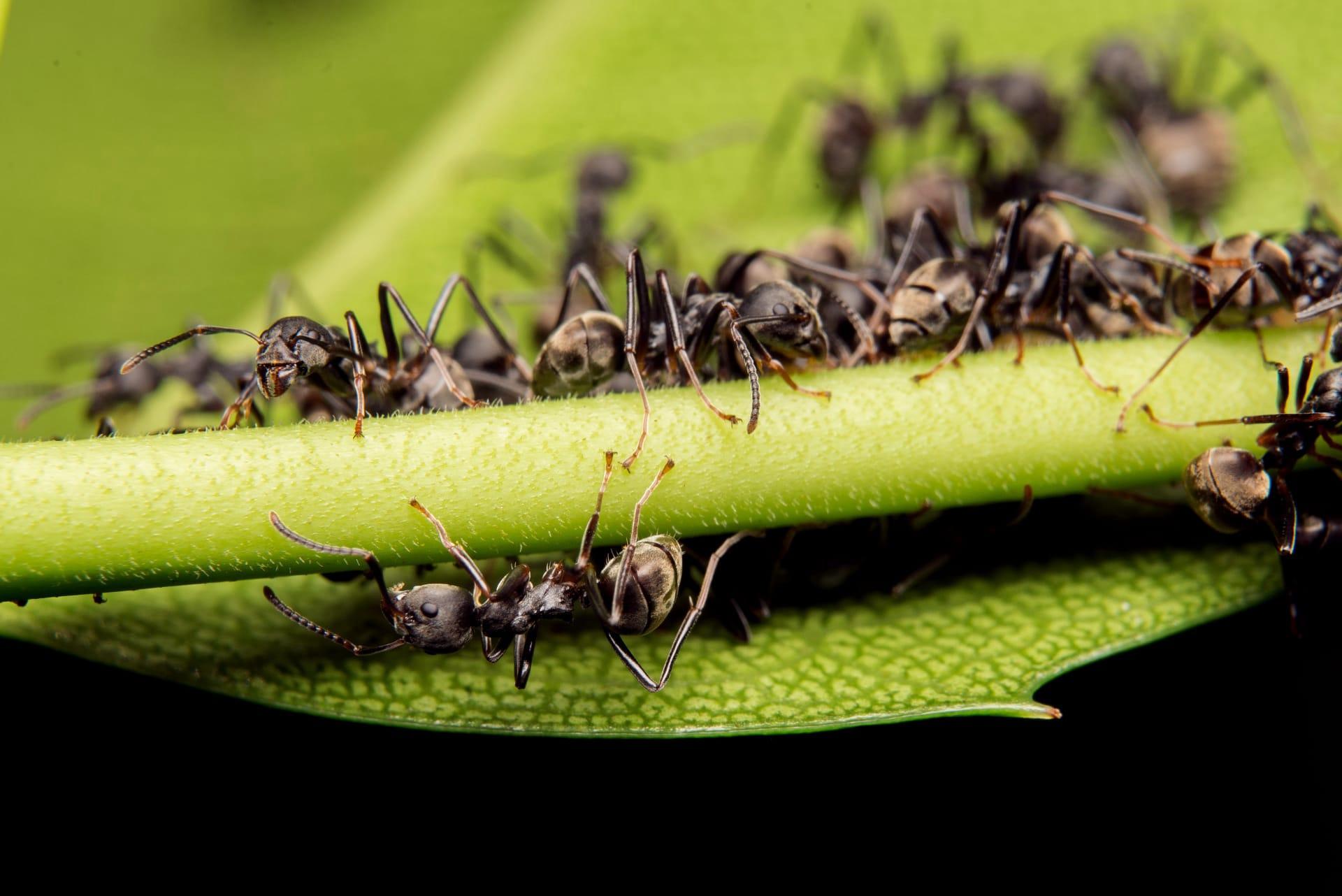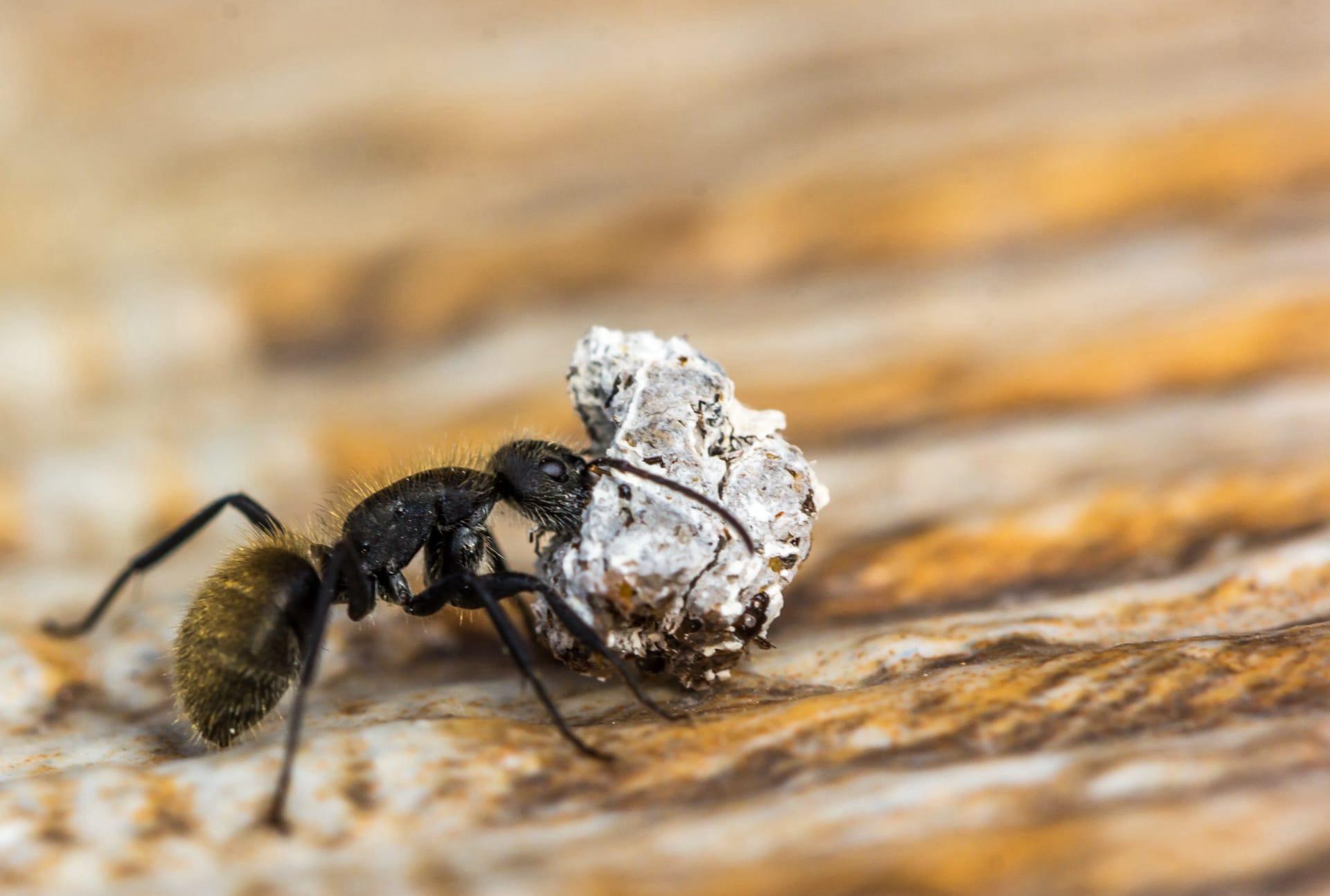1
Black ants, specifically the common 'Lasius niger' species, are fascinating creatures with a highly organized social structure. One remarkable fact about them is their lifespan disparity between the queen and the workers. The queen ant can live for up to 15 years, which is exceptionally long for an insect. In contrast, the worker ants, who are all female, have a much shorter lifespan of just a few months. This difference is primarily due to the queen's protected environment within the nest and her specialized diet, which includes proteins and nutrients that workers do not receive.
Another intriguing aspect of black ants is their communication system, which relies heavily on pheromones. These chemical signals are used for a variety of purposes, from marking trails to identifying different roles within the colony. For instance, when foraging, ants leave a pheromone trail back to the nest so that other ants can follow it to the food source. This pheromone trail can be several meters long, depending on the distance from the food source to the nest. Interestingly, the strength of the pheromone decreases over time, so trails leading to older, less abundant food sources are less traveled.

2
Did you know that black ants are not just scavengers but also farmers? One of the most fascinating behaviors of these ants is their relationship with aphids. Black ants protect and care for aphids, much like farmers do with livestock. In return, the aphids produce a sweet substance called honeydew, which the ants harvest for food. This mutualistic relationship benefits both species - the aphids receive protection from predators, and the ants get a steady food supply. Research shows that some ant species can even 'milk' the aphids by stroking them with their antennae, prompting the aphids to release honeydew.
Another remarkable feature of black ants is their ability to lift objects several times their own weight. Studies indicate that black ants can carry objects that are up to 50 times their body weight. This incredible strength is due to their muscular structure and the distribution of their body mass. The ant's muscles are thicker at the points where they need the most strength, like the neck, allowing them to support heavy loads. This feat is equivalent to an average human lifting a small car, showcasing the incredible power of these tiny insects.

3
The navigational skills of black ants are also quite impressive. They use the sun as a compass, combined with counting their steps, to find their way back to their nest. This is known as path integration. Researchers have found that ants measure distance by counting steps and use the angle of the sun to guide them. This means that if an ant is displaced while foraging, it can still find its way back to the nest by retracing its steps. The accuracy of this method is remarkable, considering the complex and often changing environments they navigate.
Black ants also display a remarkable ability to adapt to their environment. They are known to build intricate nest structures with multiple chambers and tunnels, each serving a specific purpose. These nests can extend up to several meters in depth and can house thousands of ants. The construction involves a coordinated effort, with ants using their mandibles to dig and transport soil. They adjust the design based on environmental factors like temperature and humidity, ensuring the nest is always conducive for the queen and her brood.

4
When it comes to diet, black ants are not picky eaters. They are omnivores and will consume almost anything that's edible. Their diet includes nectar, fruits, seeds, and even small insects. Interestingly, black ants play a vital role in seed dispersal for certain plants. They carry the seeds back to their nest, where they eat the nutritious part attached to the seed, known as the elaiosome. The seed itself remains intact and is often discarded in a waste area, where it can germinate in a nutrient-rich environment. This process, termed myrmecochory, benefits both the ants and the plants.
Black ants also have a unique way of dealing with waste and dead ants. They have designated 'graveyards' where they deposit their dead. This behavior is not only about tidiness; it's crucial for the health of the colony. Decomposing bodies can spread disease, so by isolating them, ants protect the rest of the colony from potential harm. Studies have shown that these graveyards are often located at the periphery of the nest, away from the living areas and food storage zones, showcasing the ants' instinctual understanding of hygiene and disease prevention.

5
Black ants are also known for their ability to survive in various climates and environments. They are found on every continent except Antarctica. This adaptability is largely due to their complex social structure and cooperative behaviors. For instance, during cold weather, ants huddle together to keep warm, and in hot conditions, they adjust their foraging patterns to avoid the heat. Their nests are also built to maintain a stable internal temperature, demonstrating their incredible ability to engineer their surroundings.
Lastly, the black ant colony operates with a clear division of labor, which is key to their survival and efficiency. The queen's sole purpose is to lay eggs, while the workers perform tasks like foraging, caring for the young, and defending the nest. Interestingly, the roles of workers can change based on the colony's needs. Younger ants typically work inside the nest, while older ants take on riskier tasks outside. This ensures that the more experienced, and thus more expendable, ants face the outside dangers, protecting the younger, more vital members of the colony.